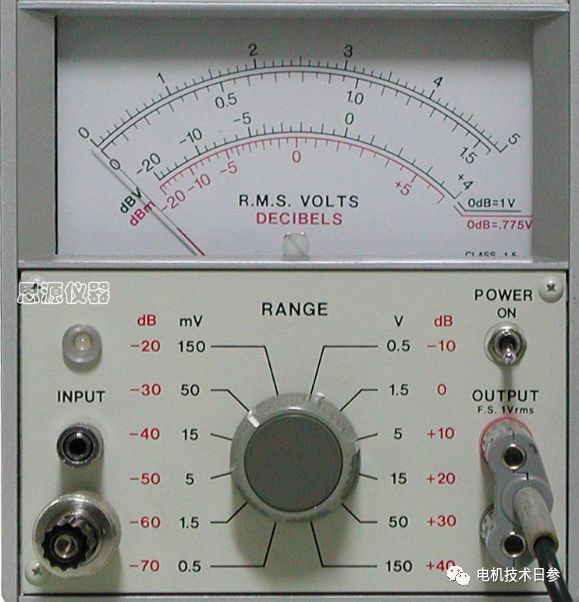The motor is one of the most common machines, and it is a device that converts electromagnetic energy into mechanical energy. During the energy conversion process, some simple and complex factors may cause the motor to generate shaft currents to varying degrees, especially for large motors, For high-voltage motors and variable frequency motors, there are many cases of motor bearing burnout and failure due to shaft current.
The necessary conditions for generating current are voltage and closed loop. To eliminate the shaft current, from a theoretical point of view, one measure is to control or even eliminate the shaft voltage, and the other is to cut off the closed loop; in practice, different manufacturers aim at For different operating conditions, the measures taken are not the same. For the working conditions that are easy to operate, diversion carbon brushes will be used. The principle is to create another circuit to separate the bearing from the circuit; in more cases, it is According to the method of cutting off the circuit, use insulating bearing sleeves, insulating end covers, insulating bearings, or measures to insulate the bearing position.
In order to fundamentally reduce the shaft current hazard, the rationality of the design scheme and the conformity of the manufacturing process to the design are very necessary. The lean control of the design scheme and process manufacturing is more economical and reliable than various later measures.
Electronic voltmeters (also known as AC millivoltmeters) generally refer to analog voltmeters. It is a commonly used measuring instrument in electronic circuits. It uses a magnetic head as an indicator and belongs to the pointer instrument. The electronic voltmeter can not only measure AC voltage, but also can be used as a wide-band, low-noise, high-gain amplifier.
General electronic voltmeters are composed of two parts: amplification and detection. They are mainly composed of four parts: attenuator, AC voltage amplifier, detector and rectified power supply.
The electronic voltmeter is mainly used to measure various high and low frequency signal voltages, and it is one of the most widely used instruments in electronic measurement.
The measured voltage is first attenuated by the attenuator to a value suitable for the input of the AC amplifier, then amplified by the AC voltage amplifier, and finally detected by the detector to obtain a DC voltage, and the value is indicated by the meter head.
The deflection angle of the pointer of the electronic voltmeter is proportional to the average value of the measured voltage, but the panel is scaled according to the effective value of the sinusoidal AC voltage, so the electronic voltmeter can only be used to measure the effective value of the sinusoidal AC voltage. When measuring non-sinusoidal AC voltage, the reading of the electronic voltmeter has no direct meaning. Only by dividing the reading by the waveform coefficient of 1.11 of the sinusoidal AC voltage can the average value of the measured voltage be obtained.
Analog voltmeters generally refer to pointer voltmeters, which add the measured voltage to a magnetoelectric ammeter and convert it into a pointer deflection angle to measure. When measuring DC voltage, it can be directly or amplified or attenuated to become a certain amount of DC current to drive the pointer deflection indication of the DC meter head. When measuring AC voltage, it must pass through an AC/DC converter, that is, a detector, to convert the measured AC voltage into a proportional DC voltage, and then measure the DC voltage. According to different classification methods, there are many types of analog voltmeters.
The digital voltmeter converts the value of the measured voltage into a digital quantity through digital technology, and then displays the measured voltage value in decimal numbers. The digital voltmeter uses the A/D converter as the measuring mechanism, and displays the measurement results with a digital display. The digital voltmeter for measuring AC voltage and other electrical parameters must convert the measured electrical parameters before the A/D converter, and convert the measured electrical parameters into DC voltage.
Digital voltmeters can be divided into DC digital voltmeters and AC digital voltmeters according to different measurement objects. DC digital voltmeters can be divided into three types: comparative type, integral type and composite type according to the different A/D converter methods. According to the different AC/DC conversion principles, AC digital voltmeters can be divided into three types: peak type, average value type and effective value type.
The digital voltmeter uses digital output to visually display the measurement results. In addition to the advantages of high measurement accuracy, fast speed, large input impedance, strong overload capacity, strong anti-interference ability, and high resolution, it is also easy to combine with computers and other equipment. Automatic test instruments and systems also occupy an increasingly important position in voltage measurement.
Post time: Mar-11-2023

